It’s hard to know where to start when looking for the right mascara. Just a quick run through the drugstore and you’ll see more types of mascara than you could wear in an entire year, so how can one possibly know which one is right for you? I’m here to help, but first, let’s start with the basics.
Photo Illustration by Elena Scotti/Lifehacker/GMG, photos via Shutterstock.
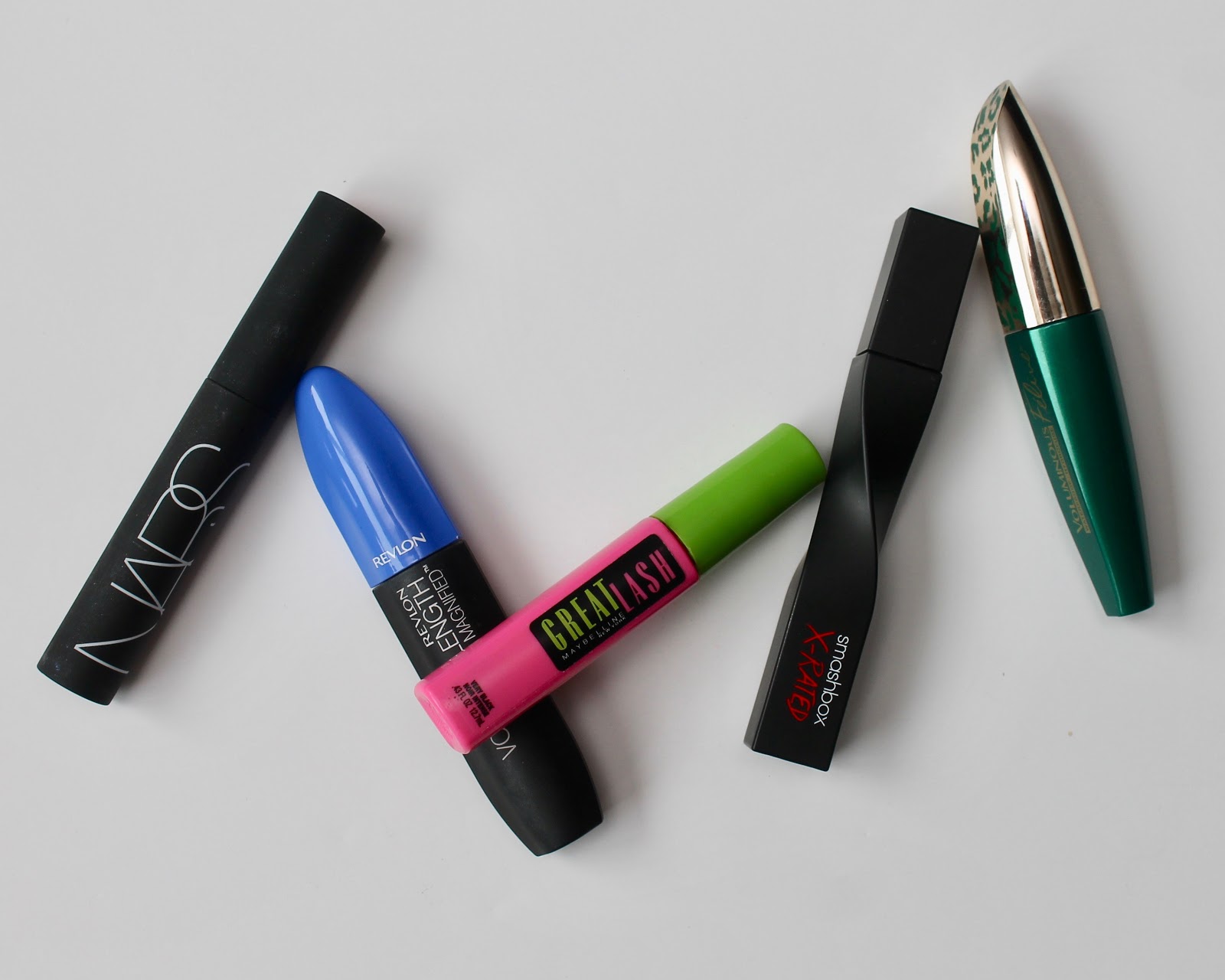
Photos by Tynan Sink.
Let’s start with a quick and dirty definition of mascara. It’s composed of black pigments bonded together by a polymer and thickened by various waxes or oils. Mascara is used to lengthen, thicken, darken and intensify your natural eyelashes, drawing more attention to your eyes. But there are a few different types.
Washable vs. Waterproof
While it may seem that these two categories speak for themselves, there is more to them than just how well they hold up against a thunderstorm.
For starters, washable mascaras are made with a higher water content, so they are easier to remove. Washables tend to be more flexible on the lashes, which means they’re better for the health of your lashes (if you think lash health isn’t a real thing, then you’ve never had the not-fun problem of losing lashes).
The alternative, waterproof mascaras, tend to dry down and bind lashes together, which can sometimes cause pulling at the root and lash loss. Washable formulas have a little more give to them, and allow the lashes to move freely and independently of one another when touched, or when they make contact with the lens of your glasses or someone else’s face. Finally, washable mascara can be removed using just water, though any sort of makeup remover is recommended.
The downside to washables is that, because they don’t dry down fully, they can leave dark marks of product on your lower eyelid and smudge around your eyes. It isn’t the end of the world, but I avoid washables for this reason.
Waterproof mascaras have a lower water content, and some contain none at all, making them last through sweat, rain, tears or dampness of any sort. They aren’t bulletproof, though. I only wear waterproof, and I’ll still notice little black marks around my lower lid from time to time. But any marks from a waterproof mascara are much lighter and less noticeable compared to smearing from washables and often look like a shadow rather than a smudge.
However, because waterproof mascara is made to last, it’s important that you use a makeup remover, special eye makeup remover, or an oil cleanser to gently remove the product from your lashes and prevent lash loss. Otherwise you’d tug on your lashes too much trying to remove it.
Each mascara promises something different: To lengthen, to volumise, to separate, to curl, really anything you can think of, and different mascaras have unique formulas for the respective effects. Some mascaras are very thick, grabbing on to each lash making them cling to one another, creating the illusion of more lashes and a thicker lash line. Some are very thin, wrapping around each lash and extending the tip, making each individual lash look longer.
Just as important as the mascara itself are the brushes. For every different type of mascara, there is a brush to optimise its performance. Here are a few things to look for when looking for the right mascara brush combo.
The Different Types of Brushes
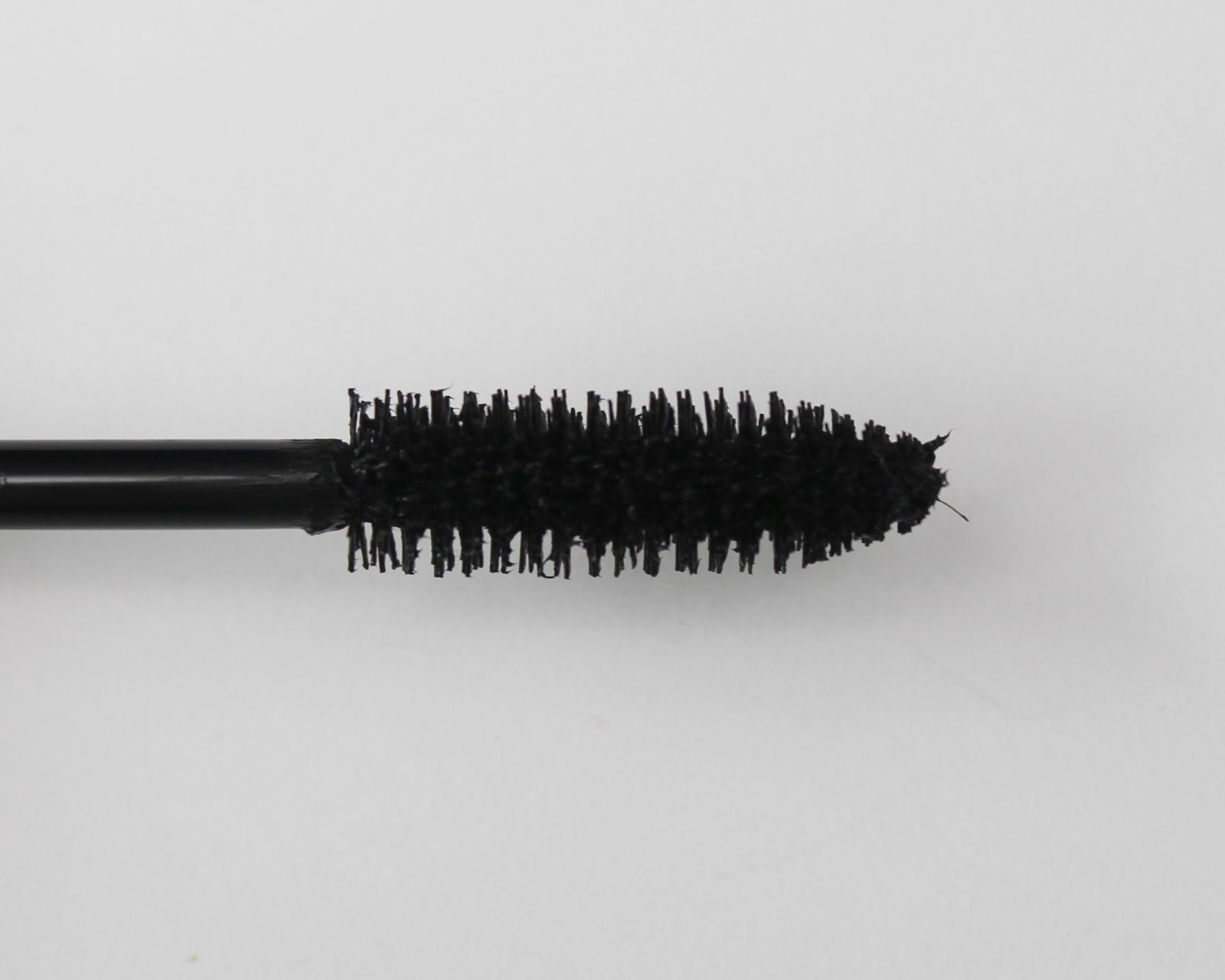
Traditional bristle brush.
When you think of a mascara wand, you probably picture a bristly brush at the end. It’s the classic way to apply mascara that is still seen in products today. The bristles come in many different lengths, shapes and sizes, for different effects. In my experience, bristles are best for giving you length; a fanned out effect; and proportional, all over length and volume.
But there’s also a newer type made from rubber instead of traditional bristles.
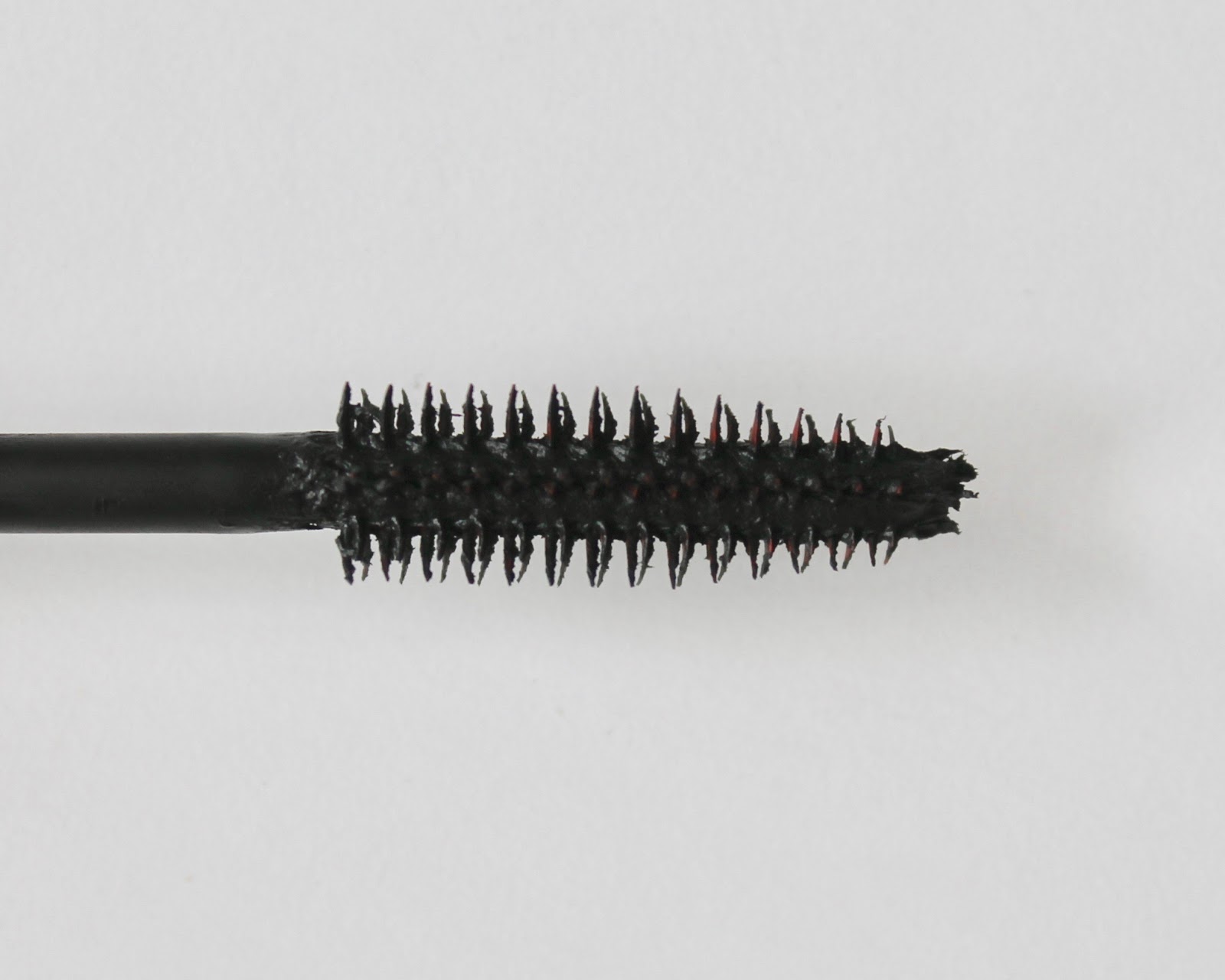
Rubber brush.
Brushes with little rubber teeth are becoming more common. I prefer rubberised brushes because I feel like they can be tailored for specific mascara formulas to achieve their ideal end results. In my experience, rubber brushes also last longer because product doesn’t get caked up between the teeth after a couple weeks of use. It’s like a fresh wand every time.
Rule of thumb: The longer the bristles, the longer the lashes. An oval brush that comes to pointed tip is great for applying product all over and grabbing small baby lashes in your inner corner. A bristly brush shaped like an hourglass will always give you insane volume. Small brushes with short teeth are best for volume, but not so much for length.
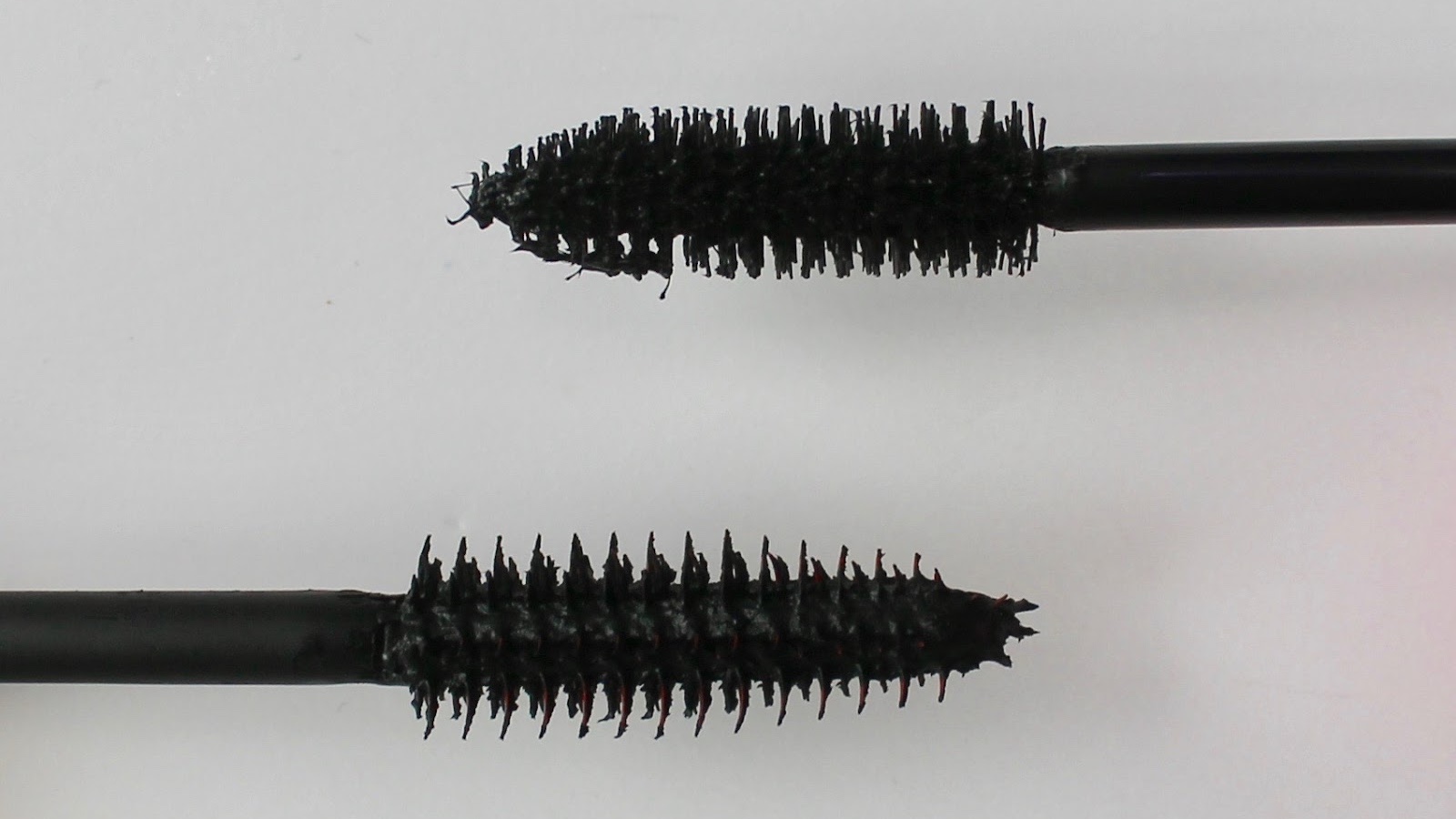
Properly Removing Your Mascara
If you want to have any lashes left in a few years, then taking a few extra seconds when taking off mascara is imperative. Roughly removing mascara and not using a removal product can easily pull lashes out and damage the root, potentially making regrowth harder or stopping it completely.
Many people will tell you that they have the best way to remove your mascara, and that any other way aside from theirs is wrong. The main thing to keep in mind when removing mascara is that it should be broken down while still on your lashes so that it takes little to no applied pressure to wipe away.
I take my makeup off by first using a makeup-removing wipe on everything but my lashes. Then, I gently apply an oil cleanser to my lashes to break the mascara down, and use the makeup wipe to wipe it all away. Then I wash my face with warm water and a good cleanser. Easy!
If you don’t have an oil cleanser at your disposal, then a moist makeup wipe is also sufficient. Just hold it to your lashes for a few seconds so they have time to absorb the removing product before you wipe away. The key is to work with a light hand no matter what you’re using.
A Few More Mascara Options
You’ll notice that mascara comes in different shades. Brown is good for enhancing lashes without going for full drama. Blues are great for bringing out different eye colours. But have you ever noticed how there is always a few different shades of black? Here’s the deal with that.
You’ll often see Black, and then Blackest Black. So what’s the difference? Blackest Black, or Obsidian Black or whatever they choose to call it, is a “true” black made with only black pigments. Black usually has a bit of brown in it to soften the shade, like any natural black hair. It usually isn’t even noticeable; it just works to be a little easier on the eye (no pun intended here) as full-stop black is sometimes not flattering on fair skin or soft day looks.
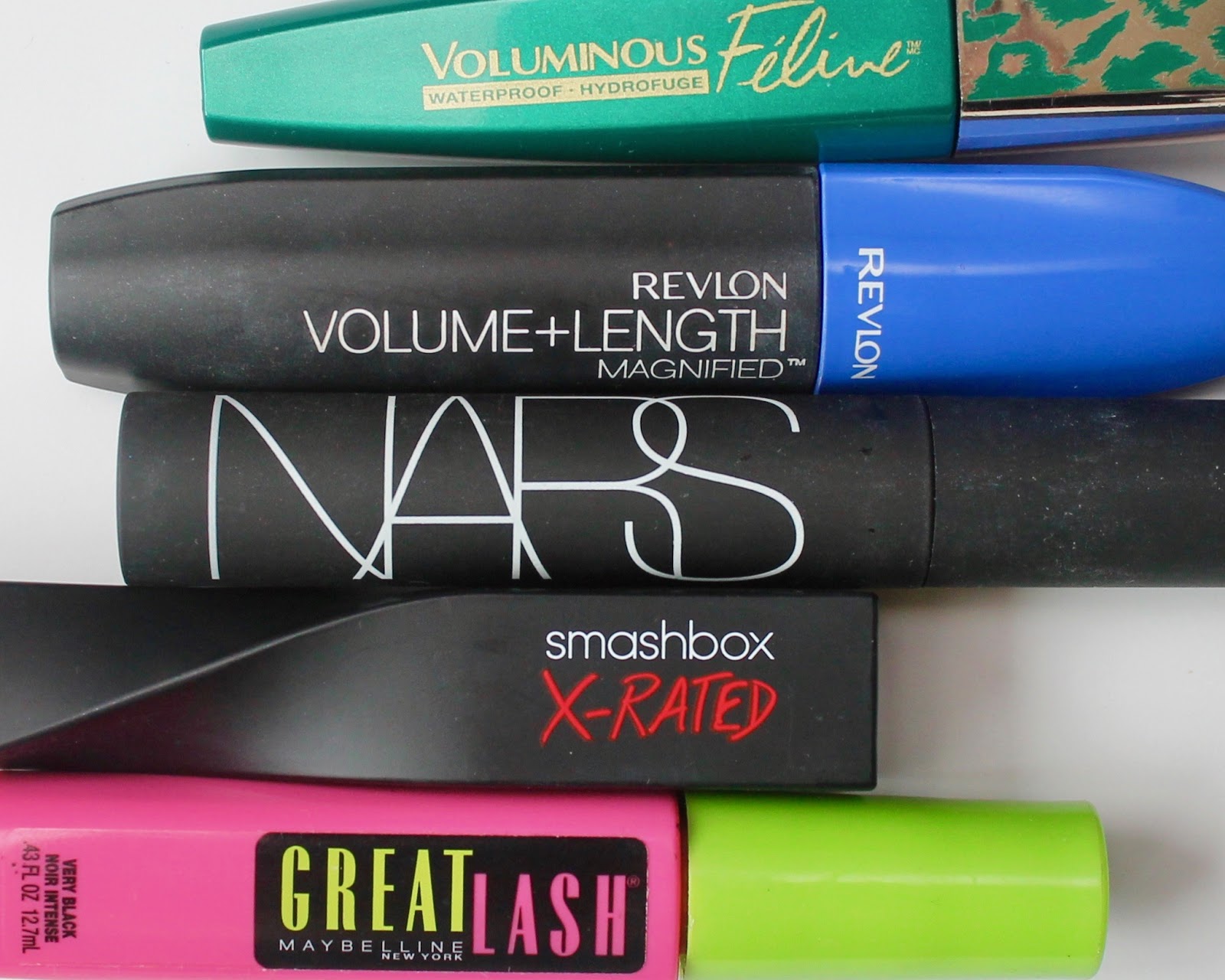
And then there’s spoolies! A spoolie is a spare, disposable mascara brush. My mascara started looking its best when I started using spoolies. Apply your mascara as you normally would, and then run a spoolie through your lashes. This will enhance the product and your lashes while removing any excess mascara that would have clumped or smudged throughout wear. Even though it’s removing just a bit of product, it won’t diminish or subdue your lashes — quite the contrary actually. It will even out the product and have them looking their absolute best. You can get these at any beauty supply shop or by the hundreds online.
But here’s the most important rule about mascara: Never keep a mascara for more than three months. The unfortunate truth is that mascara tubes are a hotbed for germs. You’re putting that comb right up to your eyes, time and time again, and you really don’t want to risk expired product or exposure to bacteria. Mascara has the shortest shelf life of any beauty product, so if you’re not using up your tube of Diorshow every day or using it up before three month’s time, consider finding a cheap drugstore alternative that you’re OK with throwing in the bin when it’s expired. It’s much better than the alternative — an eye infection.
What is your absolute favourite mascara? What are some tips you can’t live without? Let’s chat in the comments!
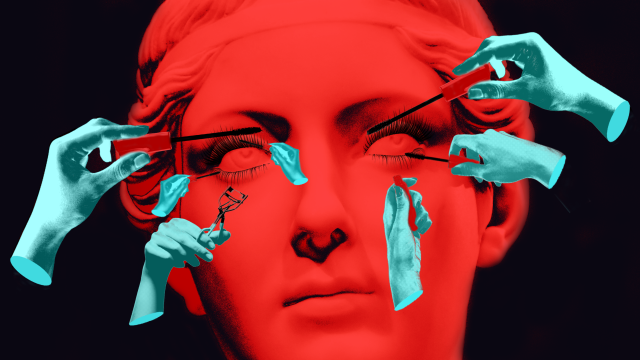
Comments